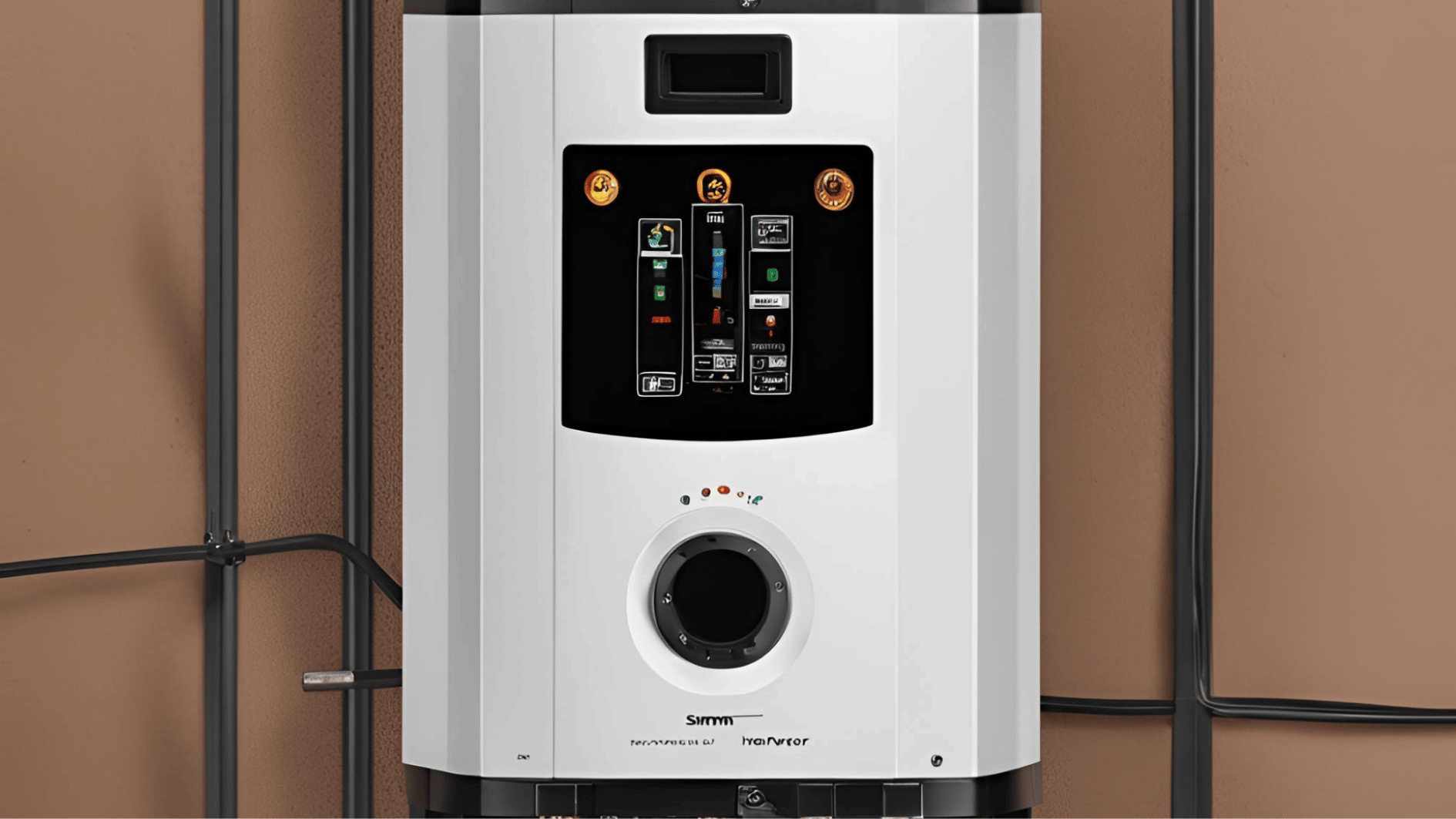Image source: Canva.com
As the adoption of renewable energy accelerates, especially solar photovoltaic (PV) systems, the need for enhanced efficiency and better integration with the electric grid becomes paramount. This is where smart inverters come into play. Unlike traditional inverters, which simply convert DC electricity generated by solar panels into usable AC power, smart inverters bring a new level of sophistication to solar systems by providing advanced monitoring capabilities and improved grid interaction. Here’s a look at how smart inverters are reshaping solar power management and why they’re essential for the future of clean energy.
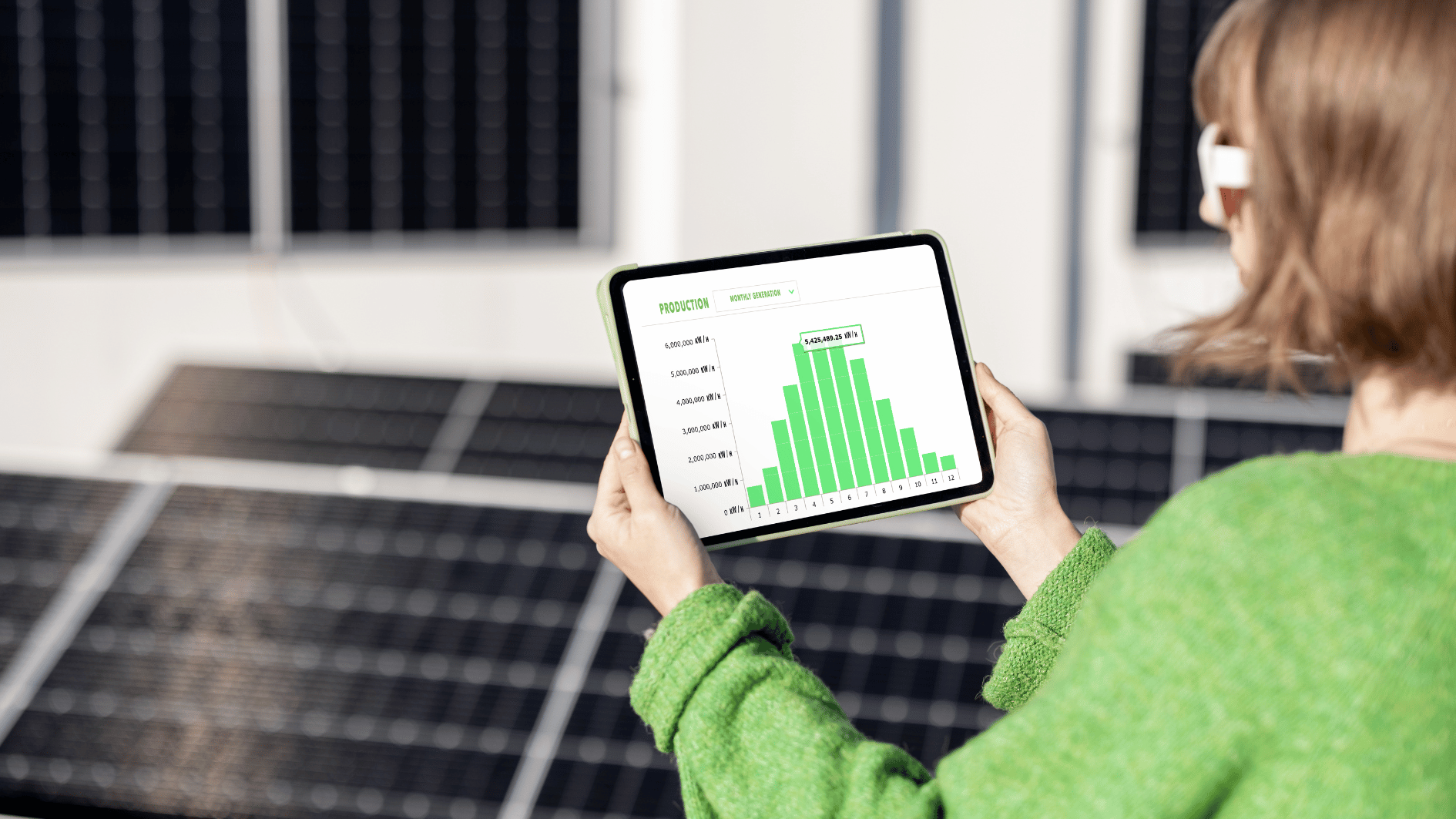
What is a Solar Monitoring System?
Enhanced Monitoring and Maintenance
Smart inverters come equipped with advanced monitoring features that enable real-time data collection on the performance of solar systems. This data includes parameters like voltage, current, power output, and the operational status of the inverter itself. With this level of insight, system owners, maintenance teams, and utilities can detect issues early and act quickly to prevent downtime or performance degradation.
Real-Time Monitoring
Smart inverters allow system operators to view the system’s operational parameters instantly, even remotely, using cloud-based monitoring platforms. This allows for quick detection of underperforming panels, shading issues, or inverter faults.
Predictive Maintenance
Advanced data analytics can spot potential issues before they become problematic. By using predictive models, smart inverters help maintenance teams schedule proactive repairs, minimizing unexpected failures and optimizing system uptime.
User-Friendly Interfaces
Many smart inverters come with mobile or web applications, providing users with easy-to-understand insights into their energy production, consumption, and system health.
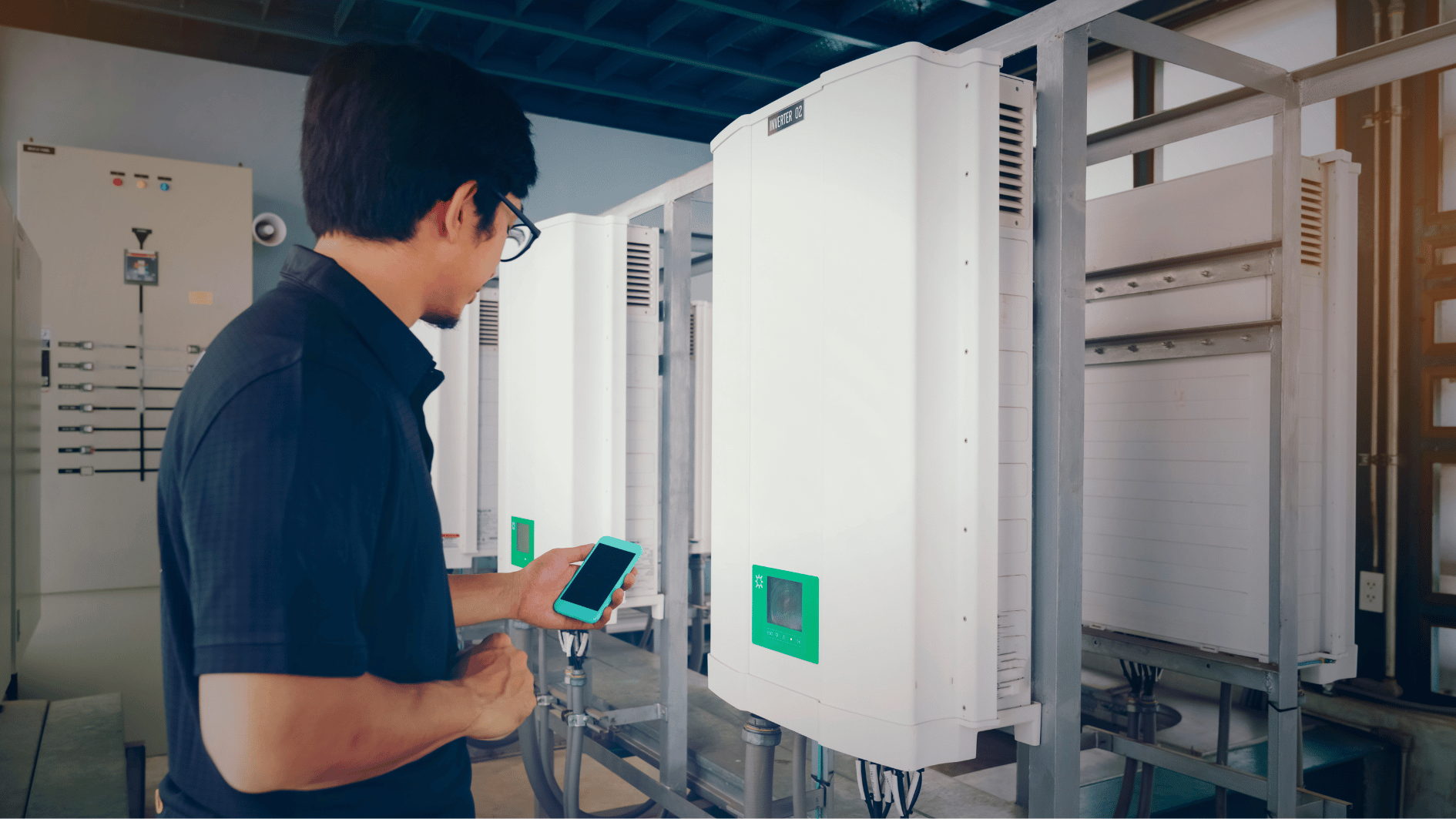
Why Inverter Technology Matters: Understanding the Evolution of Solar Inverters
Improved Grid Stability and Support
The integration of large amounts of solar energy into the grid can create challenges in maintaining grid stability. Traditional inverters were passive devices, meaning they merely converted power and fed it into the grid without considering grid conditions. Smart inverters, however, can actively support the grid by providing various grid-assist features:
Voltage Regulation
Smart inverters can manage voltage levels by either absorbing or injecting reactive power, helping to stabilize the grid’s voltage. This feature is particularly important in areas with high solar power penetration, where voltage fluctuations can be frequent.
Frequency Support
When grid frequency deviates from normal levels, smart inverters can adjust their power output to support frequency stability. This ability is crucial in preventing frequency-related issues that can lead to grid failures.
Ramp Rate Control
Smart inverters help control the rate at which they increase or decrease power output, reducing the impact of sudden changes in solar generation due to cloud cover or other environmental factors. This “soft start” approach helps in reducing grid stress and preventing voltage spikes or dips.
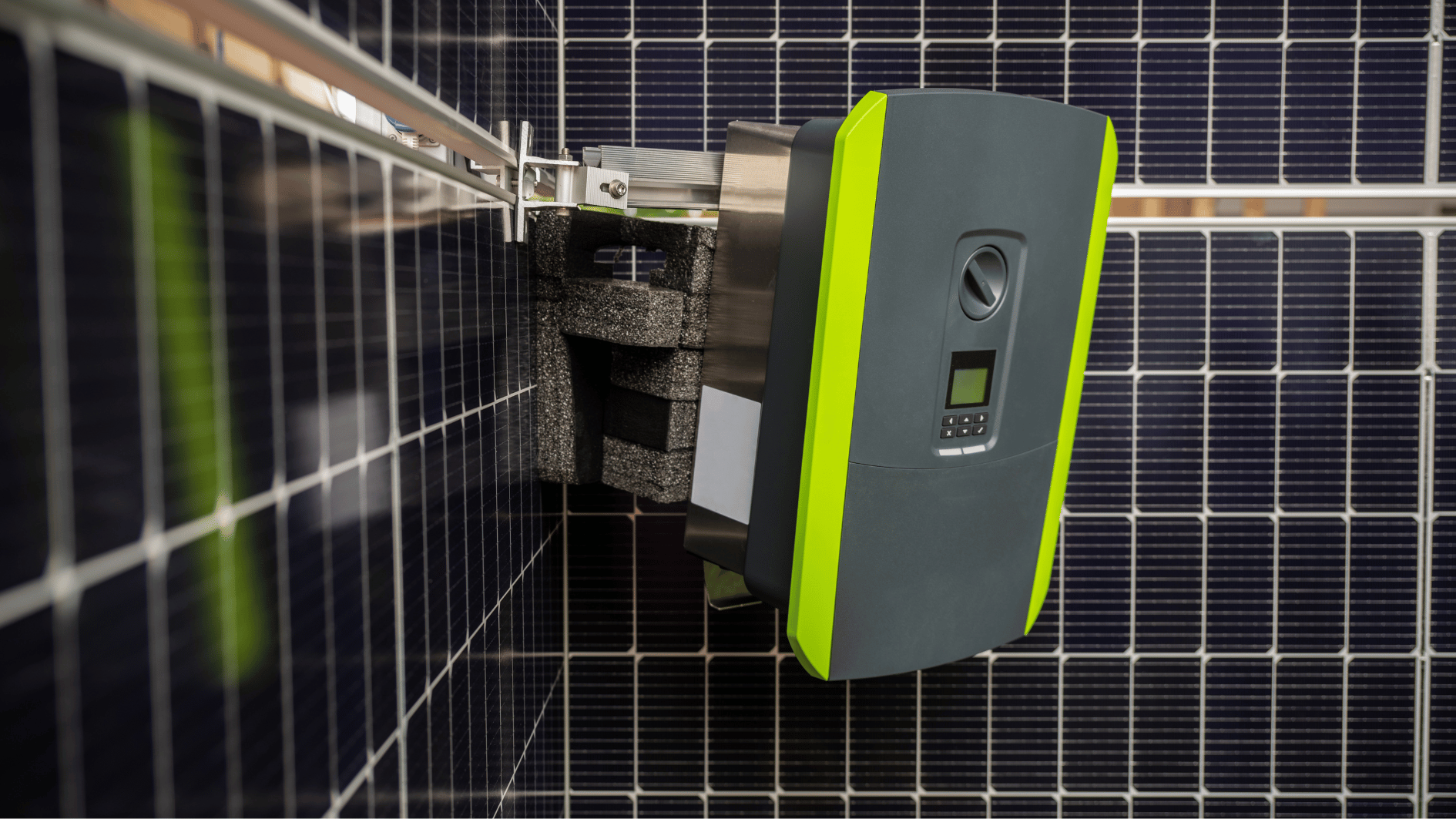
Inverter Efficiency Explained: How to Maximize Solar Energy Output
Increased Resilience and Safety
Smart inverters play a vital role in enhancing the resilience and safety of solar energy systems. They come equipped with functionalities that make solar systems safer and more reliable for homeowners and the grid alike.
Anti-Islanding Protection
Islanding occurs when a solar system continues to supply power to the grid even when the grid is down. Smart inverters are designed with anti-islanding protection, which ensures that the inverter automatically shuts down if it detects a grid outage, protecting line workers and the grid infrastructure.
Fault Detection and Recovery
Smart inverters have built-in fault detection mechanisms that allow them to identify issues such as grounding faults, overheating, or internal component failures. Upon detection, they either automatically reset or notify the system owner and maintenance team to address the issue promptly.
Grid Resilience through Ride-Through Capability
Some smart inverters are designed to “ride through” minor grid disturbances (e.g., short drops in voltage or frequency) without shutting down. This capability allows them to continue operating and contributing to grid stability during minor fluctuations.

Everything You Need to Know About Hybrid Inverters
Facilitating Advanced Energy Management and Battery Storage Integration
Smart inverters enable homeowners and businesses to optimize energy usage, manage battery storage, and even participate in advanced energy programs:
Battery Integration
Many smart inverters are compatible with energy storage systems, allowing seamless integration of batteries. This combination enables users to store excess solar energy and use it during peak times or outages, maximizing self-consumption and reducing reliance on the grid.
Demand Response Programs
With two-way communication capabilities, smart inverters can respond to signals from the utility to adjust their output. In return, system owners may receive incentives for participating in demand response programs that help reduce grid load during peak times.
Time-of-Use Optimization
By pairing smart inverters with energy storage, users can store energy when it is abundant (and less expensive) and use it when rates are higher. This function provides significant cost savings for consumers on time-of-use rate plans.
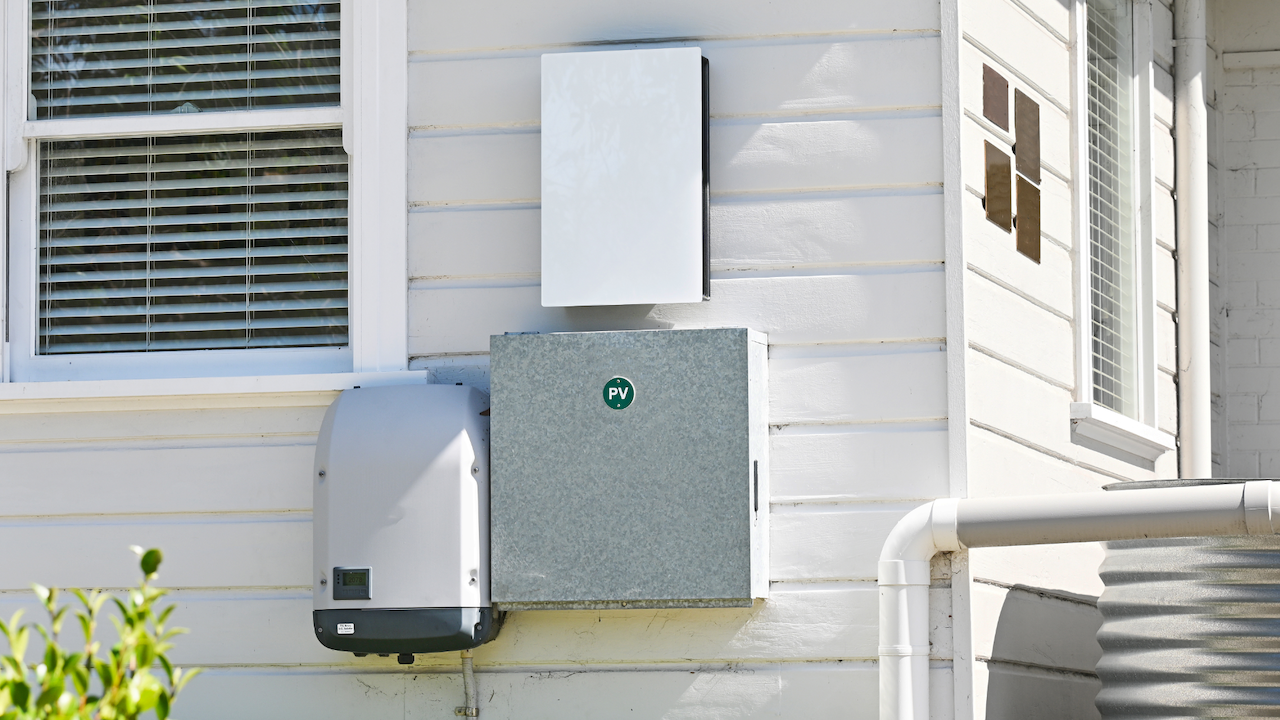
Do All Batteries Come with Built-In Inverters?
Future-Proofing for Evolving Grid Standards and Policies
As more regions adopt stringent interconnection standards, including advanced inverter requirements, smart inverters ensure that solar systems remain compliant with evolving grid standards and policies.
Remote Software Updates
Smart inverters can receive firmware updates over the air, ensuring compliance with the latest regulations and standards. This means system owners won’t need to replace their inverters to meet new requirements, saving on costly upgrades and ensuring their system remains up-to-date.
Interoperability with Grid Standards
Smart inverters are designed to operate with industry standards such as IEEE 1547 and UL 1741, which outline grid-support functionalities and interoperability. This interoperability provides greater flexibility and compatibility for grid operators.

Smart inverters represent a significant advancement over traditional inverters, making solar power systems not only more efficient but also better integrated with the grid. Through improved monitoring, enhanced grid support, and increased safety features, smart inverters empower users to manage their solar energy systems more effectively. Additionally, they help grid operators by providing valuable tools for stabilizing and supporting grid infrastructure, a crucial aspect as the shift to renewable energy continues to grow. By investing in smart inverters, solar system owners and utilities alike are better equipped for a clean, resilient, and more sustainable energy future.


